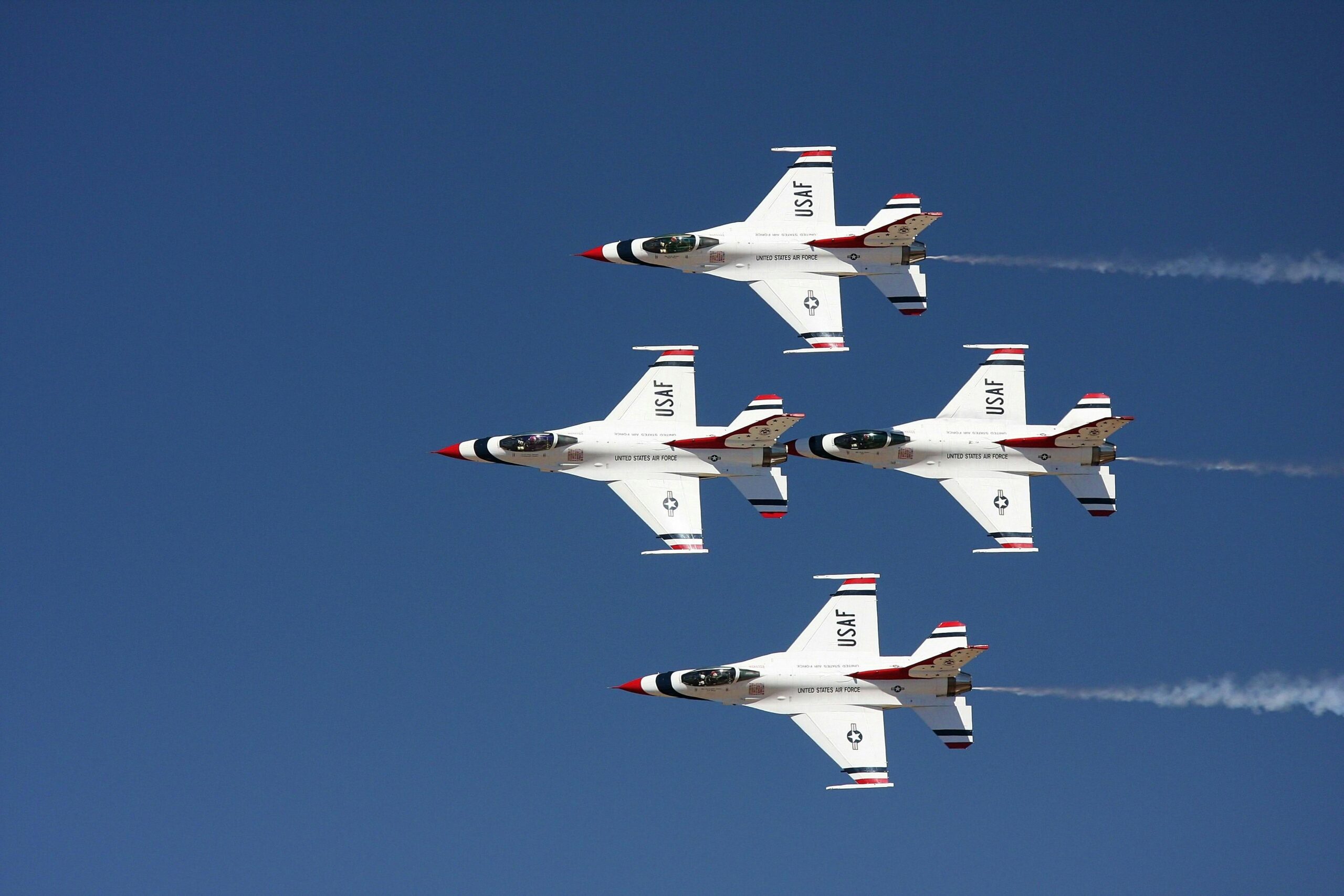Defence companies and governments are still ironing out issues with fifth-generation fighter aircraft, but some contractors are already looking to the defence aviation solutions of the future. What concepts for sixth-generation fighter jets have been put forward and what are some of their potential capabilities?
Defence companies around the world are already looking to a sixth-generation of future fighter aircraft, despite only a handful of fifth-generation aircraft being in service, namely Lockheed Martin’s F-35 Lightning II and F-22 Raptor and Chinese firm Chengdu’s J-20 fighter jet.
The New Generation Fighter (NGF) is a proposed sixth-generation jet fighter currently being developed by France’s Airbus Defence and Space and Germany’s Dassault Aviation.The NGF project is expected to replace existing European jet fighters such as Dassault’s Rafale, the Eurofighter Typhoon, and Spain’s F/A-18 Hornet.
The new aircraft will comprise brand new technology including a new Next European Fighter Engine, which is currently being developed by MTU Aero Engines and Safran. It will also be part of the Next-Generation Weapon System, working with unmanned ‘wingmen’ in the form of autonomous drones.An NGF model was showcased in Paris at Euronaval 2018 last October. The model was of a delta wing-style aircraft with no vertical surfaces, which does not reflect radar laterally and significantly reduces its side aspect radar cross section.
The completed aircraft is scheduled to take its first test flight by 2025, and could enter service by 2040. However, there are still some hurdles for the manufacturers to overcome, not least in terms of their ability to incorporate a multitude of technologies and reaching political compromise between the participating countries.
Japan’s Mitsubishi F-3 is a sixth-generation future fighter aircraft concept derived from the Mitsubishi X-2 Shinshin experimental aircraft for demonstrating advanced fighter technology.
Not much has been confirmed in terms of the F-3s technology, except that it will be powered by high-thrust XF9-1 jet engines developed by Ishikawajima Heavy Industries. The XF9-1 is of similar design to the US’s F119 jet engine used on the F-22 Raptor. Japanese television footage also revealed Active Electronically Scanned Array (AESA) radars for used on the F-3 programme.
“Our F-2 fighters are expected to retire from the late 2030s,” a Japanese Ministry of Defence (MoD) spokesperson told Jane’s in February 2019.
“In order to acquire new fighters that are capable of playing a central role in a future networked force…the MoD will promote necessary research and launch, at an early timing, a Japan-led project with the possibility of international collaboration in sight.”
The Mikoyan MiG-41, also referred to as PAK DP, is a Russian interceptor future fighter aircraft concept that would be considered a fifth++ or sixth-generation aircraft upon completion, according to Moscow’s Higher School of Economics defence analyst Vasily Kashin.
Kashin told the National Interest: ““I think that it is something like a fifth++ or sixth gen project. So, we probably should consider it as having the same status as the American, Chinese and European sixth gen projects—something futuristic, which, at best will be deployed by 2035-40.”
The MiG-41 is expected to replace the aging MiG-31, and will reach speeds of at least four times the speed of sound (Mach 4), according to Russia Today, which reported that the MiG-41 could even be used in outer space, though how remains unclear.
In the news article, aviation expert Fabrizio Poli said: “It will have certain elements of artificial intelligence built into the jet, because, obviously, flying at those speeds, the human brain is not capable of thinking that fast. There are a lot of new technologies going to be put into this aircraft, for sure.”
Other speculators say that the plane could come with laser weapons, which will be a common feature of sixth-generation fighter jets, according to Tass News.




